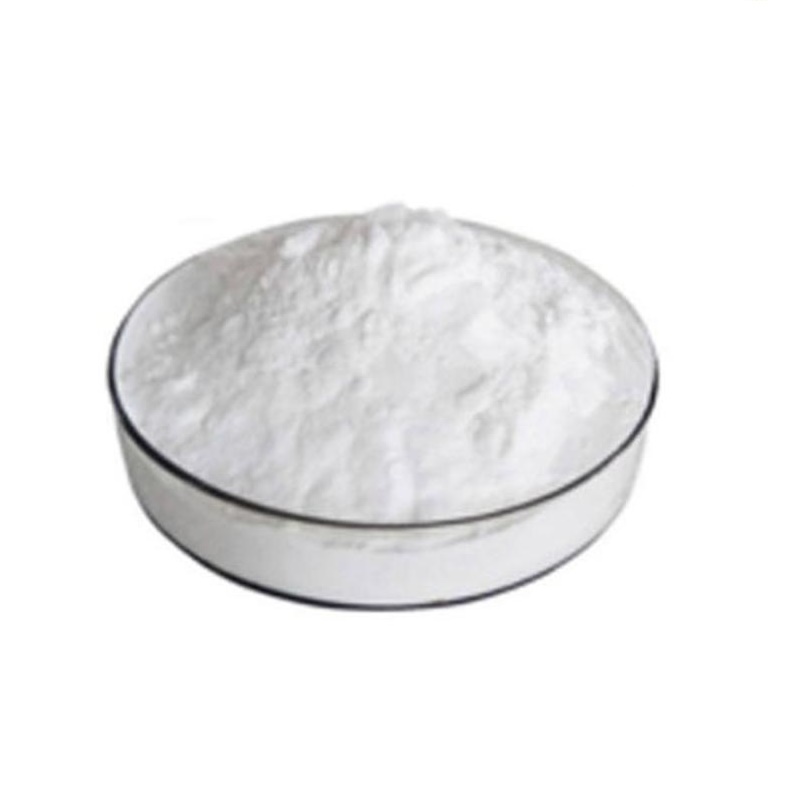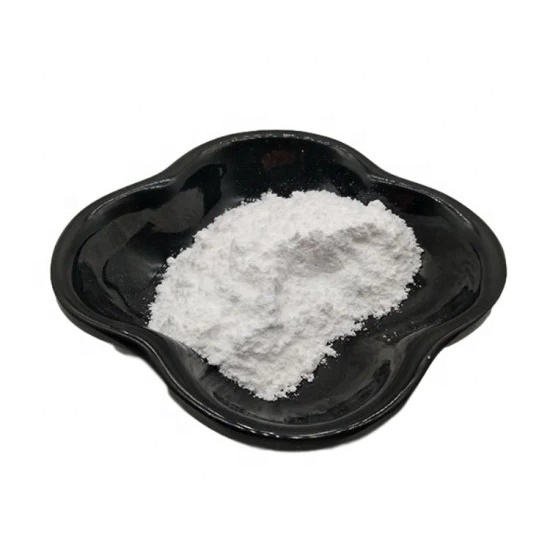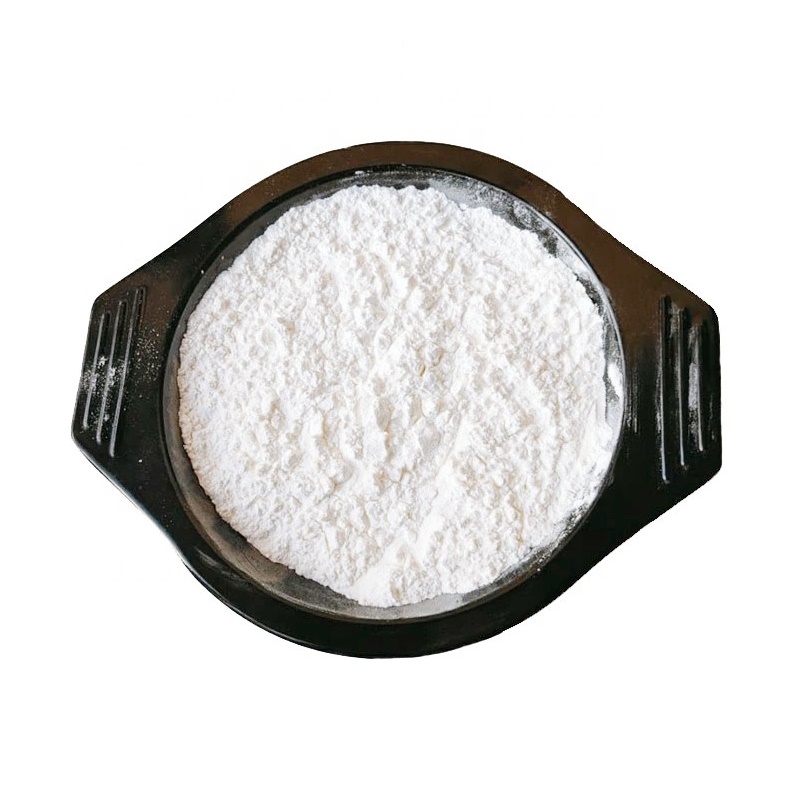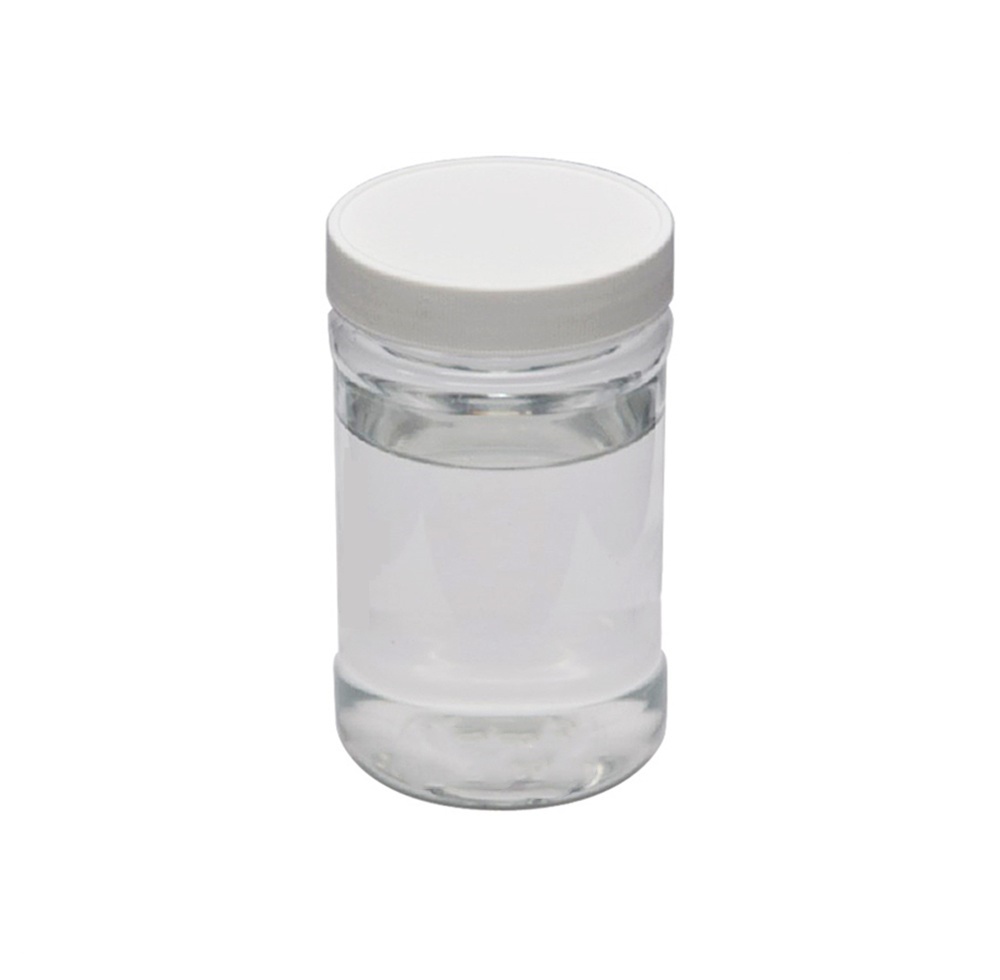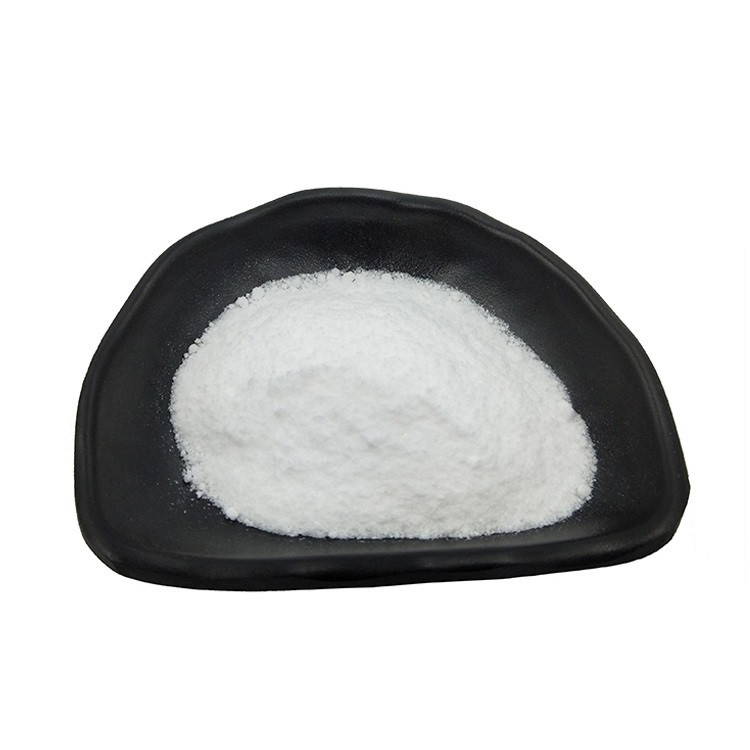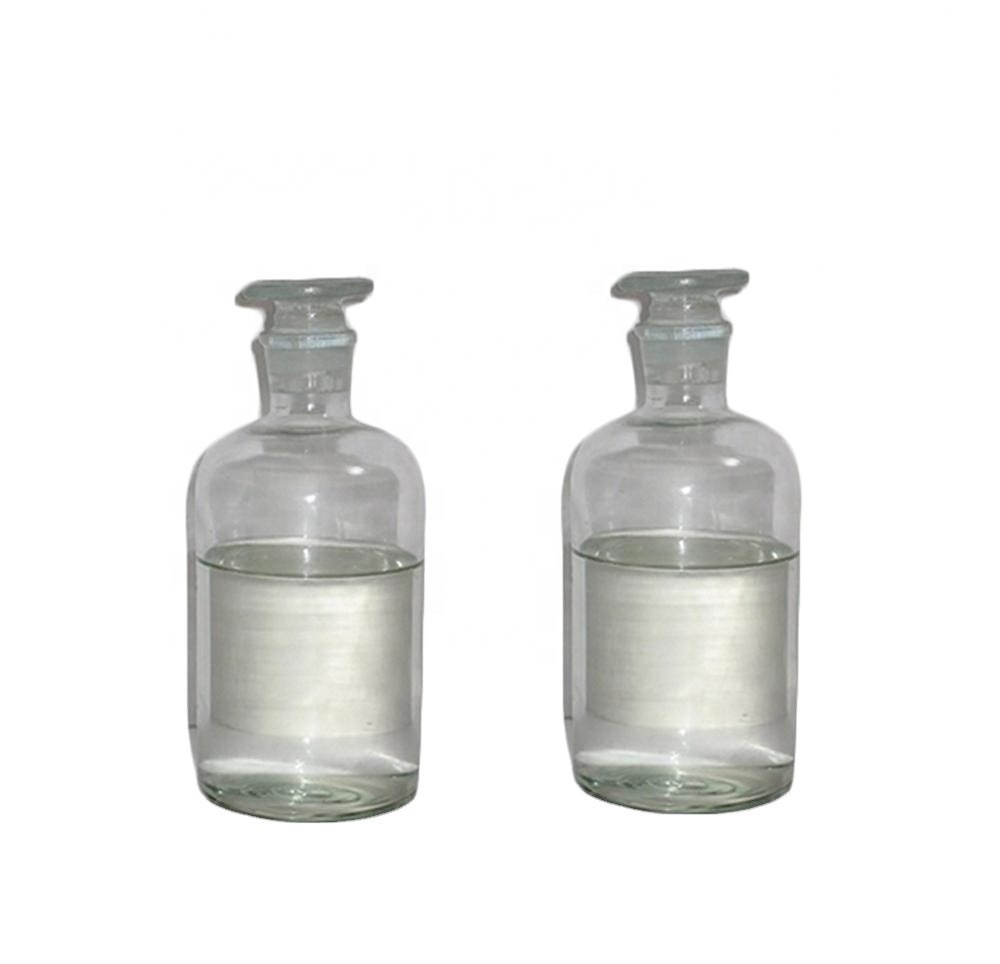

(2-CARBOXYETHYL)DIMETHYLSULFONIUM CHLORIDE CAS 4337-33-1
——————
CAS number : 4337-33-1
molecular formula : C5H11ClO2S
EINECS : 201-081-7
——————
Email : info@deshangchem.com
Mobile : +86-13153039501
TEL : +86-531-88752665
CAS number:4337-33-1
molecular formula:C5H11ClO2S
molecular weight:170.66
EINECS number:201-081-7
English synonyms
DMSP;DMPT;DIMETHYL-BETA-PROPIOTHETIN;DIMETHYLSULFONYL PROPIONATE;(2-CARBOXYETHYL)DIMETHYLSULFONIUM CHLORIDE;Dimethylsulfoniopropionate;s,s-Dimethyl-β-propionic acid thetine;(2-CARBOXYETHYL)DIMETHYLSULFONIUM CHLORIDE 98+%
Related categories
Food additives; Sulfur-containing compounds; Feed additives; Pharmaceutical raw materials; Aquatic food attractant; Food attractant, shelling agent, growth-promoting; Other sulfur-containing compounds; Organic chemical raw materials; Chemical products-organic chemical industry; Chemical intermediates; Food attractant Agents; agricultural and animal raw materials; organic chemical raw materials; spot; raw materials; chemical raw materials-1827181813; functional additive chemical raw materials; other raw materials; feed additives; chemical industry; chemical raw materials; animal raw materials; fine chemical raw materials; nutritional enhancers; Iodonium Sulfonium & Oxonium Compounds;Sulfonium Compounds;fine chemicals, specialty chemicals, intermediates, electronic chemical, organic synthesis;biochemical engineering;additive 1;organic intermediates
Chemical properties
Melting point | 129 °C |
| Storage conditions | Inert atmosphere,2-8°C |
| Solubility | DMSO (Slightly), Methanol (Slightly), Water (Slightly) |
| Shape | Solid |
| Color | White to Off-White |
InChIKey | RRUMKKGRKSSZKY-UHFFFAOYSA-N |
| CAS database | 4337-33-1(CAS DataBase Reference) |
Use
● DMPT is the fourth-generation aquatic food attractant with the best effect found so far. Some people use "fish bite stone" to describe its food attractant effect vividly - even if this kind of thing is painted on the stone, the fish will bite Stone. The most typical use of DMPT is to use it as bait for fishing, to improve the bait's attractiveness and make it easier for fish to bite. The industrial use of DMPT is as a green aquatic feed additive to promote the feed intake of aquatic animals and increase their growth rate.
● S, S-dimethyl-β-thiatin propionate can promote the growth and feeding of various sea and freshwater fishes and longarm shrimps to varying degrees, and enhance the resistance of fish to adverse environments. Adding low concentration of S, S-dimethyl-β-thiatin propionate can improve the utilization rate of bait. It can be used as a food attractant for pelagic catfish to improve the utilization rate of feed, and the raw materials according to parts by weight include: 1-12 parts of black rice, 1-15 parts of taurine, 1-12 parts of glycine, and 1-15 parts of hawthorn , 1-12 parts of glutamic acid, 5-20 parts of S-S-dimethyl-β-thiatin propionate, 1-12 parts of purslane, 40-80 parts of flour, 5-20 parts of caljaside, garlic 1-12 parts, 1-12 parts of alanine, 1-8 parts of fennel. The food attractant is selected from black rice, hawthorn, purslane, garlic, fennel, taurine, glycine, glutamic acid, S-S-dimethyl-β-thiatin propionate, flour, caljaside, alanine It is formulated with acid to attract food, promote the feeding of yellow fish, improve feed utilization, reduce cost, reduce water pollution, easy to use, non-toxic, improve bad smell in feed, improve palatability of feed, and promote yellow fish Digestion and absorption of artificial feed by fish.
In addition, S, S-dimethyl-β-thiatin propionate can also be used to prepare a gel-like dog food, and its production plan is as follows: by weight, 35-45 parts of animal minced meat, 20-30 parts starch, 5-10 parts of vegetable powder, 5-10 parts of shrimp shell powder, 0.5-1.5 parts of functional food attractant, 0.5-1.3 parts of table salt, and 0.4-1.2 parts of multivitamins are mixed evenly and set aside. Mix the forming agent with water to make a gel, then add the pre-mixed raw materials, mix well, heat to 75-85°C for 2 minutes to sterilize. Pour the sterilized gel dog food into a cylindrical plastic bag, and seal both ends. In parts by weight, the raw materials contained in the functional food-attractant consist of: 5-10 parts of glutamine, 0.5-2 parts of S, S-dimethyl-β-thiatin propionate, 0.01-0.1 parts 1,2-O-isopropylidene-D-glucofuranose, 0.01-0.1 parts of L-2-pyrrolidone-5-carboxylic acid, 5-8 parts of rosehip extract, 100 parts of corn starch. The forming agent can be sodium carboxymethylcellulose or xanthan gum or pectin or a mixture of these. The dog food does not add any preservatives, the ingredients are natural and healthy, and the dog food is made into a semi-dry gel with a forming agent, sealed in a cylindrical plastic bag, and the plastic bag can be directly fed when feeding. Convenient and hygienic.
● Used as a food attractant for aquatic feed
Production method
● natural extraction
The earliest dimethyl-β-thiatin propionate was a pure natural compound extracted from seaweed. In fact, the process of discovering dimethyl-β-thiatin propionate also started from seaweed: Scientists observed that seawater fish I love to eat seaweed, so I began to study the food-attracting factors in seaweed, and later found that the reason why fish like to eat seaweed is that seaweed contains natural DMPT
● chemical synthesis
Due to the high cost and low purity of the natural extraction method to produce dimethyl-β-thiatin propionate, it is not convenient for industrialization, scientists have developed a method for artificially synthesizing dimethyl-β-thiatin propionate according to the structure of natural DMPT, The large-scale application of dimethyl-β-thiatin propionate can be realized.
Synthetic method one: dimethyl sulfide and 3-bromopropionic acid react in a solvent to obtain dimethyl-beta-propionic acid thiotin hydrobromide, because the price of 3-bromopropionic acid is very high, making this The cost of the dimethyl-β-thiatin propionate synthesized by the method is too high to be accepted by consumers.
Synthetic method two: dimethyl sulfide and 3-chloropropionic acid react in a solvent to obtain dimethyl-β-propionic acid thiotin hydrochloride, because the reactivity of 3-chloropropionic acid is relatively low, although its purchase price Lower than 3-bromopropionic acid, but the yield of reaction is also low, and the cost of synthesis is still very high.
Synthetic method 3: After three years of hard research, the chemical experts of Beijing Greenfull Technology Co., Ltd. finally developed a new synthetic route in 2005, which greatly reduced the production cost of dimethyl-β-thiatin propionate ( The sales price is only one-third of the traditional method), and obtained the national invention patent in 2007 (patent authorization number ZL200510108680. method of preparation").
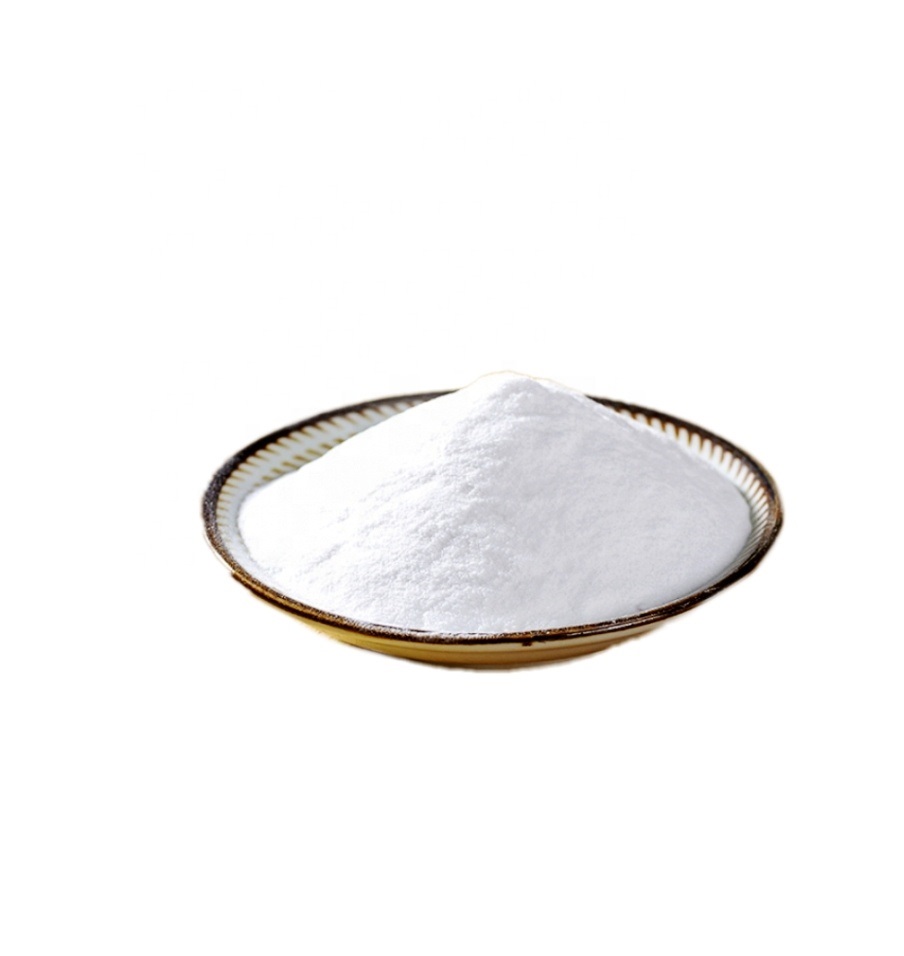
(2-CARBOXYETHYL)DIMETHYLSULFONIUM CHLORIDE CAS 4337-33-1
CAS number:4337-33-1
molecular formula:C5H11ClO2S
molecular weight:170.66
EINECS number:201-081-7
English synonyms
DMSP;DMPT;DIMETHYL-BETA-PROPIOTHETIN;DIMETHYLSULFONYL PROPIONATE;(2-CARBOXYETHYL)DIMETHYLSULFONIUM CHLORIDE;Dimethylsulfoniopropionate;s,s-Dimethyl-β-propionic acid thetine;(2-CARBOXYETHYL)DIMETHYLSULFONIUM CHLORIDE 98+%
Related categories
Food additives; Sulfur-containing compounds; Feed additives; Pharmaceutical raw materials; Aquatic food attractant; Food attractant, shelling agent, growth-promoting; Other sulfur-containing compounds; Organic chemical raw materials; Chemical products-organic chemical industry; Chemical intermediates; Food attractant Agents; agricultural and animal raw materials; organic chemical raw materials; spot; raw materials; chemical raw materials-1827181813; functional additive chemical raw materials; other raw materials; feed additives; chemical industry; chemical raw materials; animal raw materials; fine chemical raw materials; nutritional enhancers; Iodonium Sulfonium & Oxonium Compounds;Sulfonium Compounds;fine chemicals, specialty chemicals, intermediates, electronic chemical, organic synthesis;biochemical engineering;additive 1;organic intermediates
Chemical properties
Melting point | 129 °C |
| Storage conditions | Inert atmosphere,2-8°C |
| Solubility | DMSO (Slightly), Methanol (Slightly), Water (Slightly) |
| Shape | Solid |
| Color | White to Off-White |
InChIKey | RRUMKKGRKSSZKY-UHFFFAOYSA-N |
| CAS database | 4337-33-1(CAS DataBase Reference) |
Use
● DMPT is the fourth-generation aquatic food attractant with the best effect found so far. Some people use "fish bite stone" to describe its food attractant effect vividly - even if this kind of thing is painted on the stone, the fish will bite Stone. The most typical use of DMPT is to use it as bait for fishing, to improve the bait's attractiveness and make it easier for fish to bite. The industrial use of DMPT is as a green aquatic feed additive to promote the feed intake of aquatic animals and increase their growth rate.
● S, S-dimethyl-β-thiatin propionate can promote the growth and feeding of various sea and freshwater fishes and longarm shrimps to varying degrees, and enhance the resistance of fish to adverse environments. Adding low concentration of S, S-dimethyl-β-thiatin propionate can improve the utilization rate of bait. It can be used as a food attractant for pelagic catfish to improve the utilization rate of feed, and the raw materials according to parts by weight include: 1-12 parts of black rice, 1-15 parts of taurine, 1-12 parts of glycine, and 1-15 parts of hawthorn , 1-12 parts of glutamic acid, 5-20 parts of S-S-dimethyl-β-thiatin propionate, 1-12 parts of purslane, 40-80 parts of flour, 5-20 parts of caljaside, garlic 1-12 parts, 1-12 parts of alanine, 1-8 parts of fennel. The food attractant is selected from black rice, hawthorn, purslane, garlic, fennel, taurine, glycine, glutamic acid, S-S-dimethyl-β-thiatin propionate, flour, caljaside, alanine It is formulated with acid to attract food, promote the feeding of yellow fish, improve feed utilization, reduce cost, reduce water pollution, easy to use, non-toxic, improve bad smell in feed, improve palatability of feed, and promote yellow fish Digestion and absorption of artificial feed by fish.
In addition, S, S-dimethyl-β-thiatin propionate can also be used to prepare a gel-like dog food, and its production plan is as follows: by weight, 35-45 parts of animal minced meat, 20-30 parts starch, 5-10 parts of vegetable powder, 5-10 parts of shrimp shell powder, 0.5-1.5 parts of functional food attractant, 0.5-1.3 parts of table salt, and 0.4-1.2 parts of multivitamins are mixed evenly and set aside. Mix the forming agent with water to make a gel, then add the pre-mixed raw materials, mix well, heat to 75-85°C for 2 minutes to sterilize. Pour the sterilized gel dog food into a cylindrical plastic bag, and seal both ends. In parts by weight, the raw materials contained in the functional food-attractant consist of: 5-10 parts of glutamine, 0.5-2 parts of S, S-dimethyl-β-thiatin propionate, 0.01-0.1 parts 1,2-O-isopropylidene-D-glucofuranose, 0.01-0.1 parts of L-2-pyrrolidone-5-carboxylic acid, 5-8 parts of rosehip extract, 100 parts of corn starch. The forming agent can be sodium carboxymethylcellulose or xanthan gum or pectin or a mixture of these. The dog food does not add any preservatives, the ingredients are natural and healthy, and the dog food is made into a semi-dry gel with a forming agent, sealed in a cylindrical plastic bag, and the plastic bag can be directly fed when feeding. Convenient and hygienic.
● Used as a food attractant for aquatic feed
Production method
● natural extraction
The earliest dimethyl-β-thiatin propionate was a pure natural compound extracted from seaweed. In fact, the process of discovering dimethyl-β-thiatin propionate also started from seaweed: Scientists observed that seawater fish I love to eat seaweed, so I began to study the food-attracting factors in seaweed, and later found that the reason why fish like to eat seaweed is that seaweed contains natural DMPT
● chemical synthesis
Due to the high cost and low purity of the natural extraction method to produce dimethyl-β-thiatin propionate, it is not convenient for industrialization, scientists have developed a method for artificially synthesizing dimethyl-β-thiatin propionate according to the structure of natural DMPT, The large-scale application of dimethyl-β-thiatin propionate can be realized.
Synthetic method one: dimethyl sulfide and 3-bromopropionic acid react in a solvent to obtain dimethyl-beta-propionic acid thiotin hydrobromide, because the price of 3-bromopropionic acid is very high, making this The cost of the dimethyl-β-thiatin propionate synthesized by the method is too high to be accepted by consumers.
Synthetic method two: dimethyl sulfide and 3-chloropropionic acid react in a solvent to obtain dimethyl-β-propionic acid thiotin hydrochloride, because the reactivity of 3-chloropropionic acid is relatively low, although its purchase price Lower than 3-bromopropionic acid, but the yield of reaction is also low, and the cost of synthesis is still very high.
Synthetic method 3: After three years of hard research, the chemical experts of Beijing Greenfull Technology Co., Ltd. finally developed a new synthetic route in 2005, which greatly reduced the production cost of dimethyl-β-thiatin propionate ( The sales price is only one-third of the traditional method), and obtained the national invention patent in 2007 (patent authorization number ZL200510108680. method of preparation").
Team Presentation

